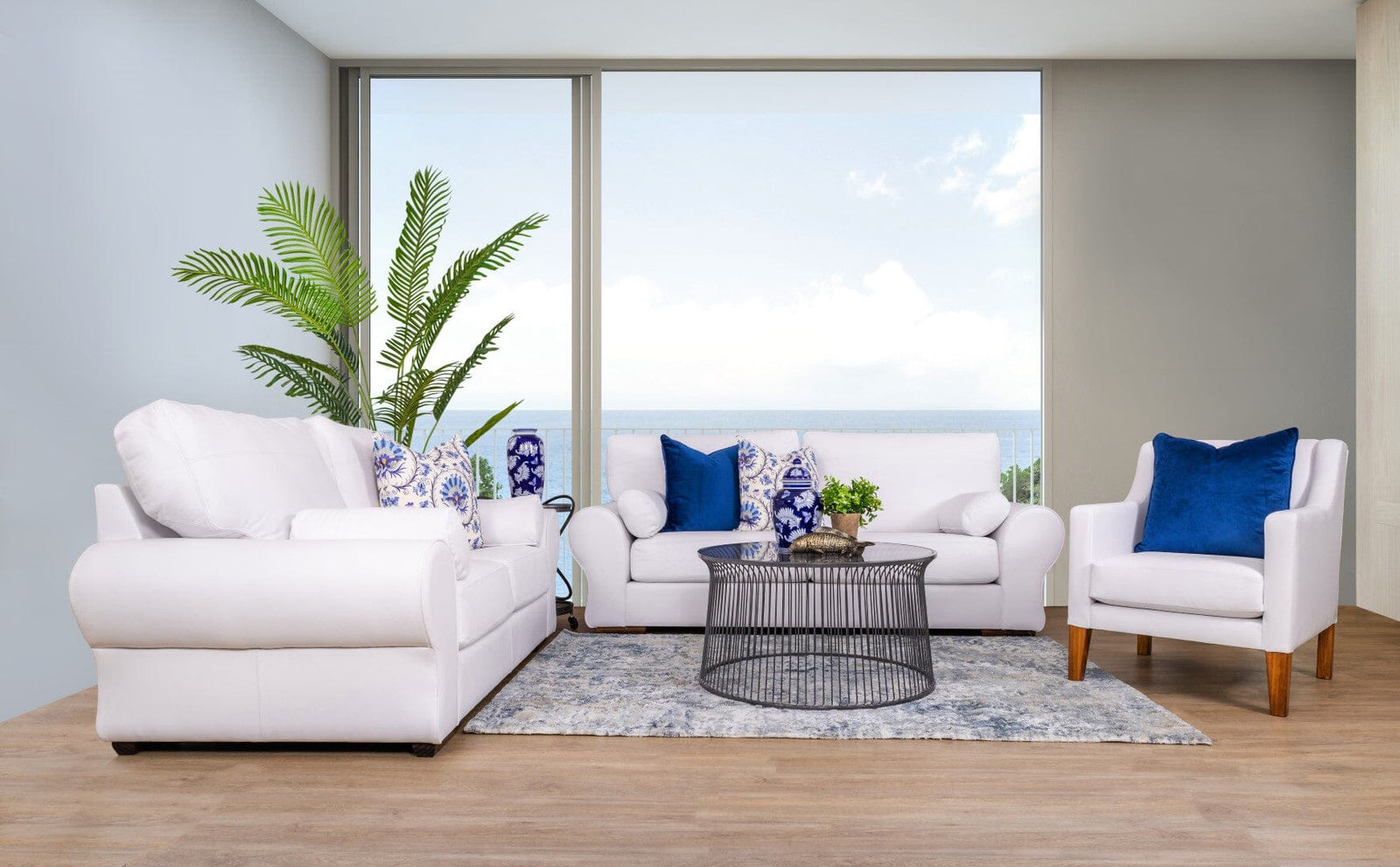Couches
Living
Decor
Tips for Furnishing and Maintaining a Coastal Home
February 28, 2023 3 min read

If you're lucky enough to live in a coastal home, you know that there's nothing quite like the feeling of being surrounded by the sea. But how do you choose the right furniture and décor to complement your home's natural beauty and unique environment? Here are some tips for furnishing a coastal home.
Choose furniture that's both practical and stylish
When furnishing a coastal home, it's important to choose furniture that's both practical and stylish. Look for pieces that are durable and can stand up to the salt air and humidity, but also have a relaxed, beachy vibe. Sofas, beds, and bedroom sets in light, neutral tones can create a calming atmosphere, while storage furniture can help keep your home organized and clutter-free.
Accessorize with coastal décor
In addition to furniture, it's important to add a few decorative touches to your home to give it that coastal feel. Coffee tables, dining sets, occasional chairs, ottomans, corner sofas, rugs, and ornaments can all help create a cohesive look. Look for pieces in natural materials like jute, seagrass, and rattan, and add pops of colour with blue and green accents.
Clean and maintain your furniture and décor regularly
Living in a coastal home means dealing with saltwater, sand, and humidity, which can take a toll on your furniture and décor. To keep your pieces looking their best, it's important to clean and maintain them regularly. Wipe down furniture with a damp cloth to remove any salt or sand build-up, and consider using a protective cover or tarp to prevent damage during the storm season. Rugs and upholstery should be vacuumed regularly to prevent dirt and debris from accumulating.
Invest in quality furniture and décor
Finally, when furnishing a coastal home, it's important to invest in quality furniture and décor that will stand up to the elements. Look for pieces made from durable materials like teak, stainless steel, and resin wicker that can withstand salt air and humidity. Quality furniture and décor may cost more upfront, but they can save you money in the long run by lasting longer and requiring less maintenance.
Here are some tips for caring for leather furniture in a coastal environment:
1. Protect from direct sunlight:
Leather can fade and become discoloured when exposed to direct sunlight, so it's important to place leather furniture away from windows or use window treatments to block out UV rays.
2. Keep it clean:
Regular cleaning can help prevent damage to leather furniture. Dust and debris can accumulate on leather surfaces, so it's important to wipe them down with a soft, damp cloth regularly. For tougher stains or spills, use a leather cleaner recommended by the manufacturer.
3. Avoid harsh cleaners:
While it's important to keep leather furniture clean, it's also important to avoid harsh cleaners that can damage the material. Avoid using bleach, ammonia, or other abrasive cleaners on leather, as they can cause discolouration or cracking.
4. Moisturize regularly:
Leather can dry out over time, especially in a dry coastal environment. To prevent cracking or damage, use a leather conditioner or moisturizer recommended by the manufacturer every 6-12 months.
5. Protect from saltwater and sand:
Saltwater and sand can be abrasive and damaging to leather furniture. To protect leather surfaces, avoid bringing sandy or wet items in contact with the furniture. Use a towel or beach mat to protect leather surfaces when sitting or lounging.
6. Cover it up:When not in use, consider covering leather furniture with a protective cover or tarp to prevent damage from the elements.
In conclusion, furnishing a coastal home requires a unique balance of practicality and style. When choosing furniture, opt for durable and beachy pieces that complement the natural environment of your home. Incorporating coastal décor can add the finishing touches to your space, but it's important to regularly clean and maintain your furniture and décor to protect them from the elements. If you have leather furniture in a coastal environment, be sure to take extra care by protecting it from direct sunlight, cleaning it regularly with gentle products, and moisturizing it periodically to prevent drying and cracking. By following these tips, you can create a beautiful and functional space that celebrates the beauty of coastal living.
